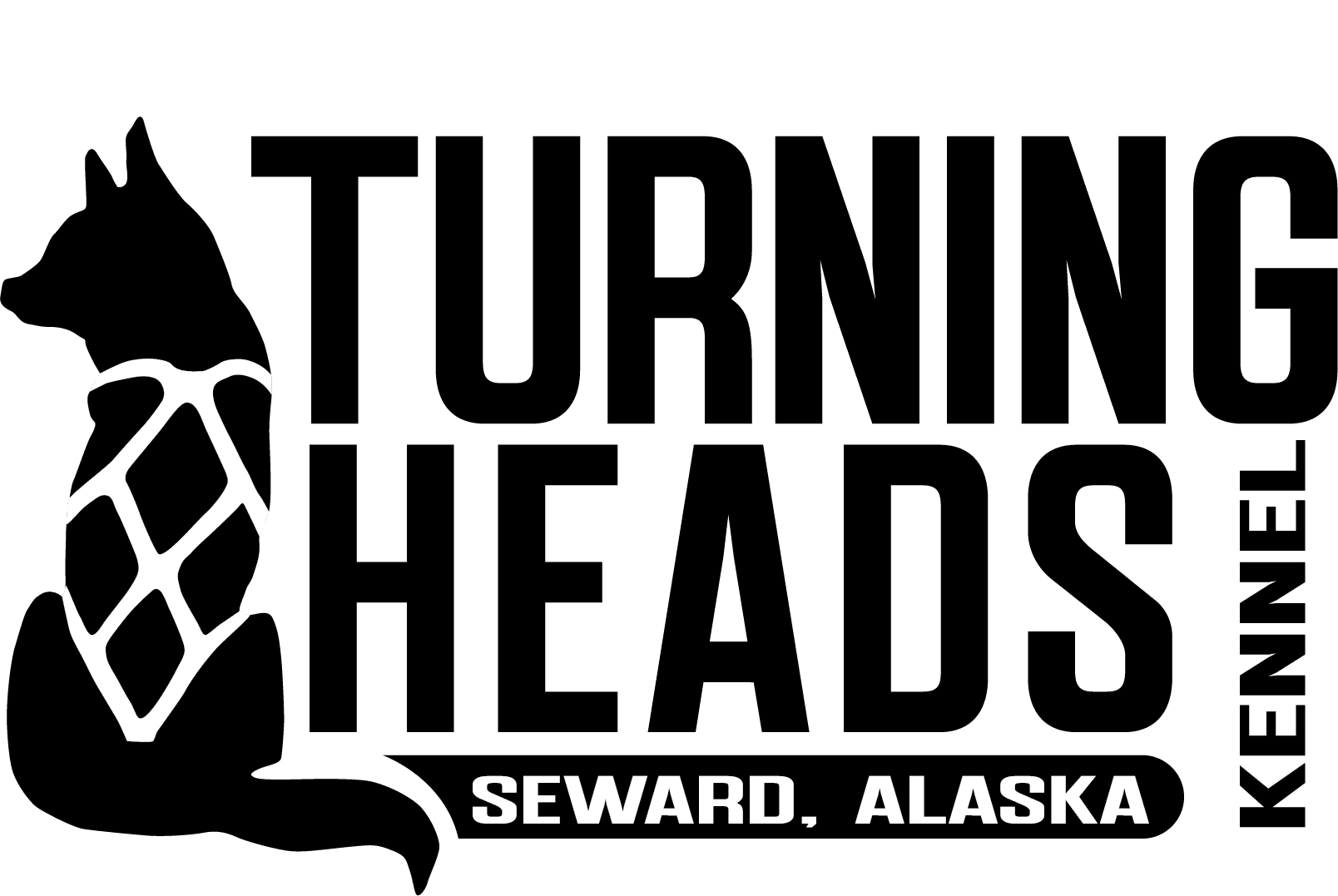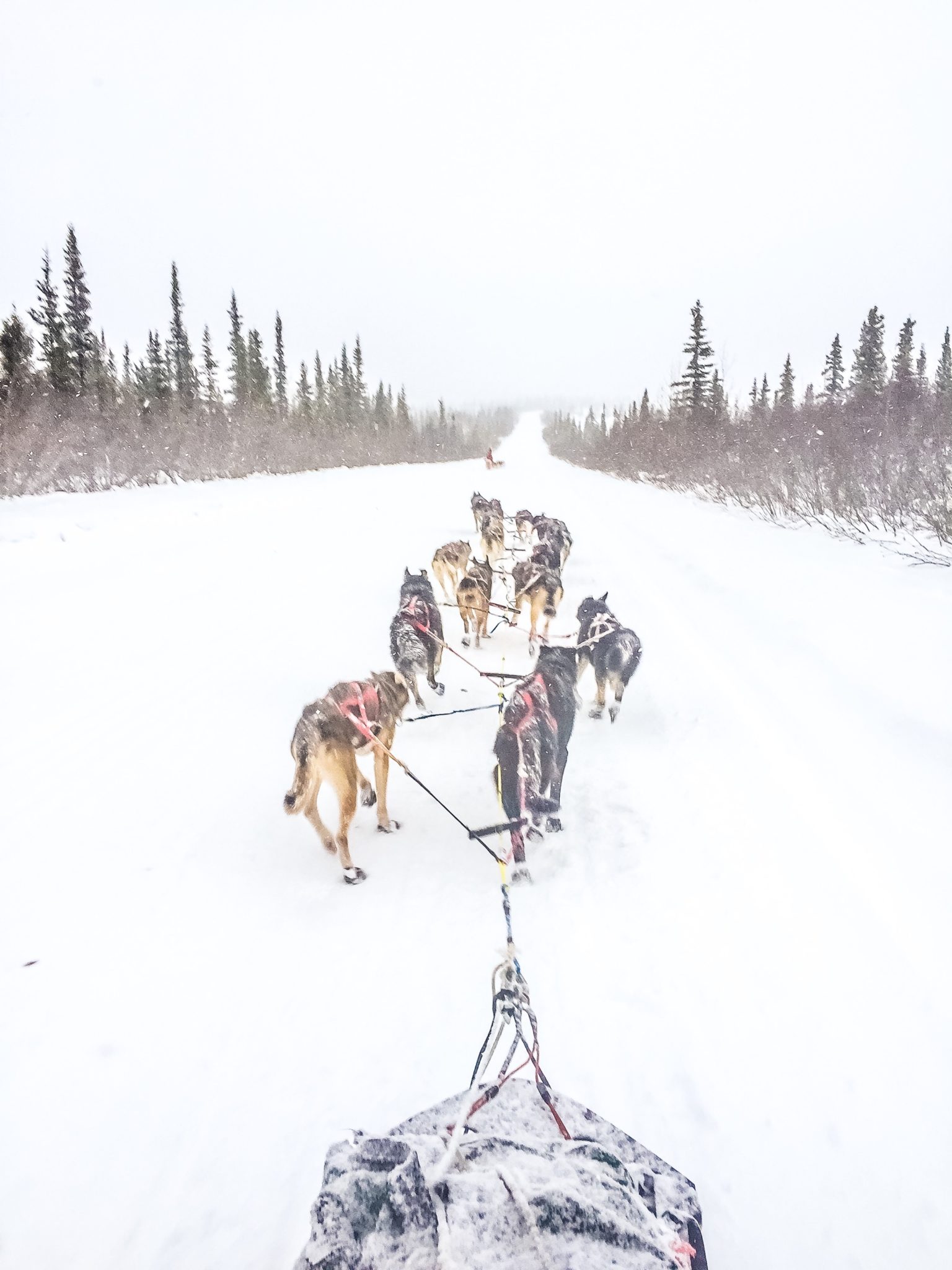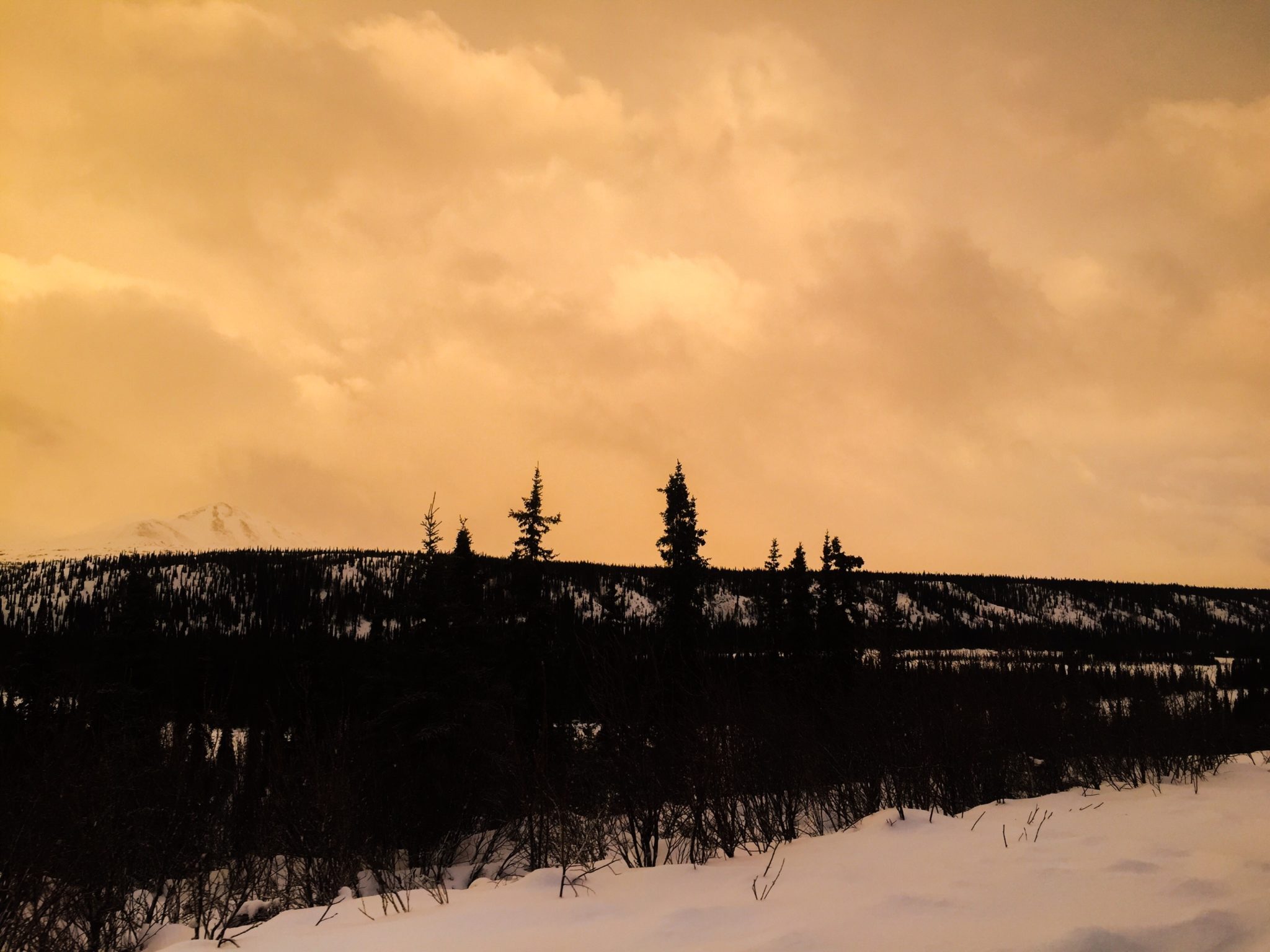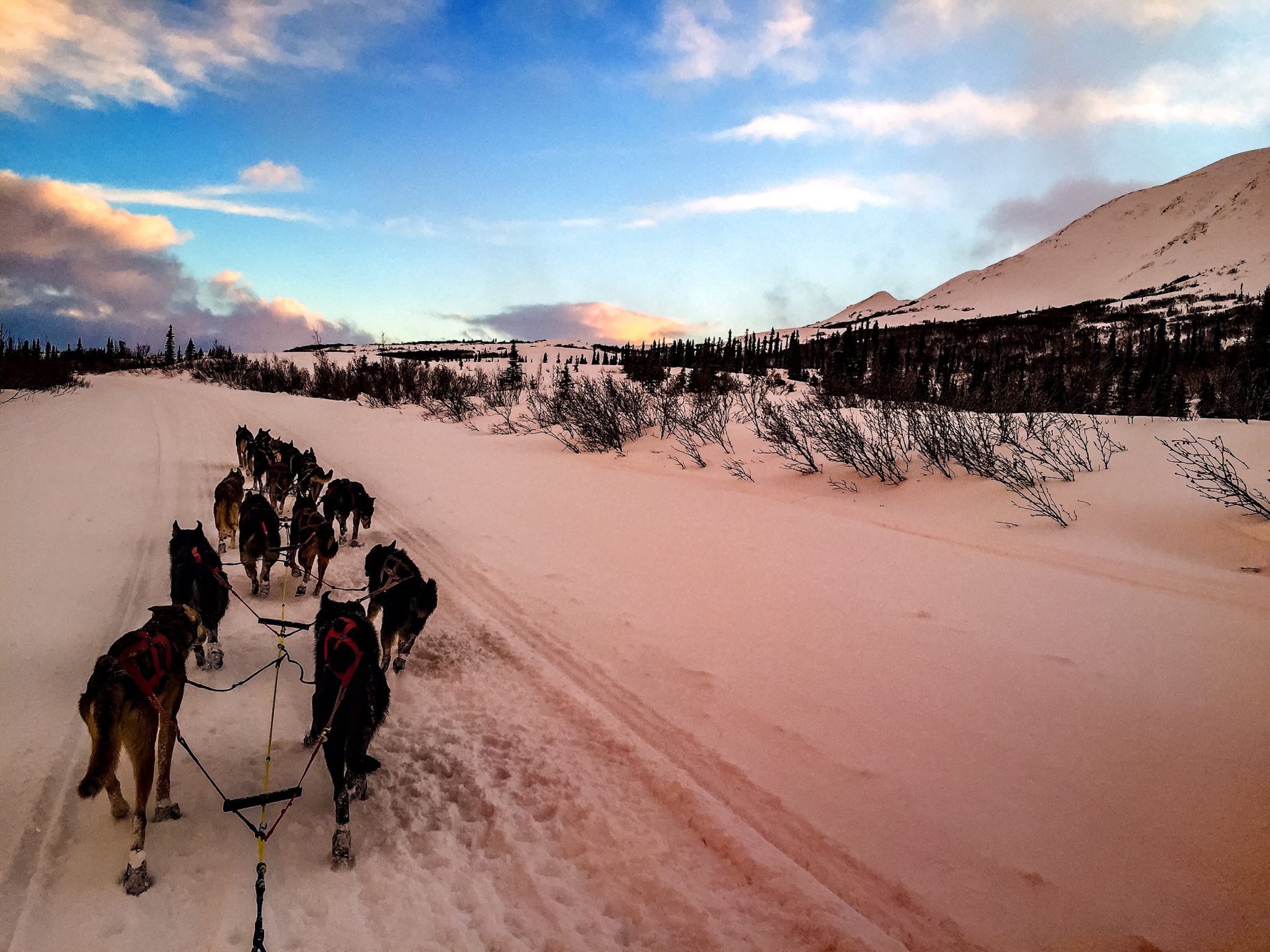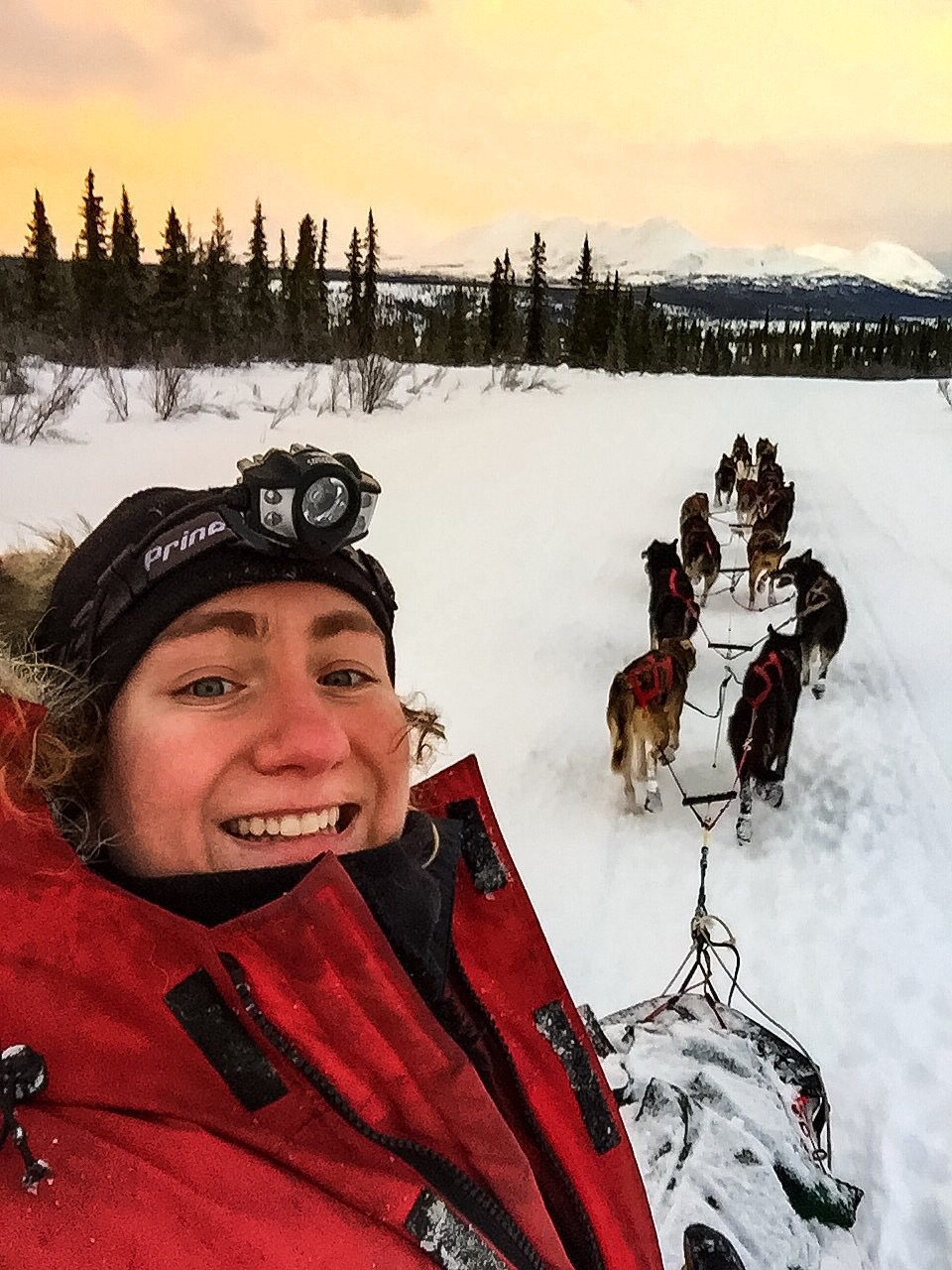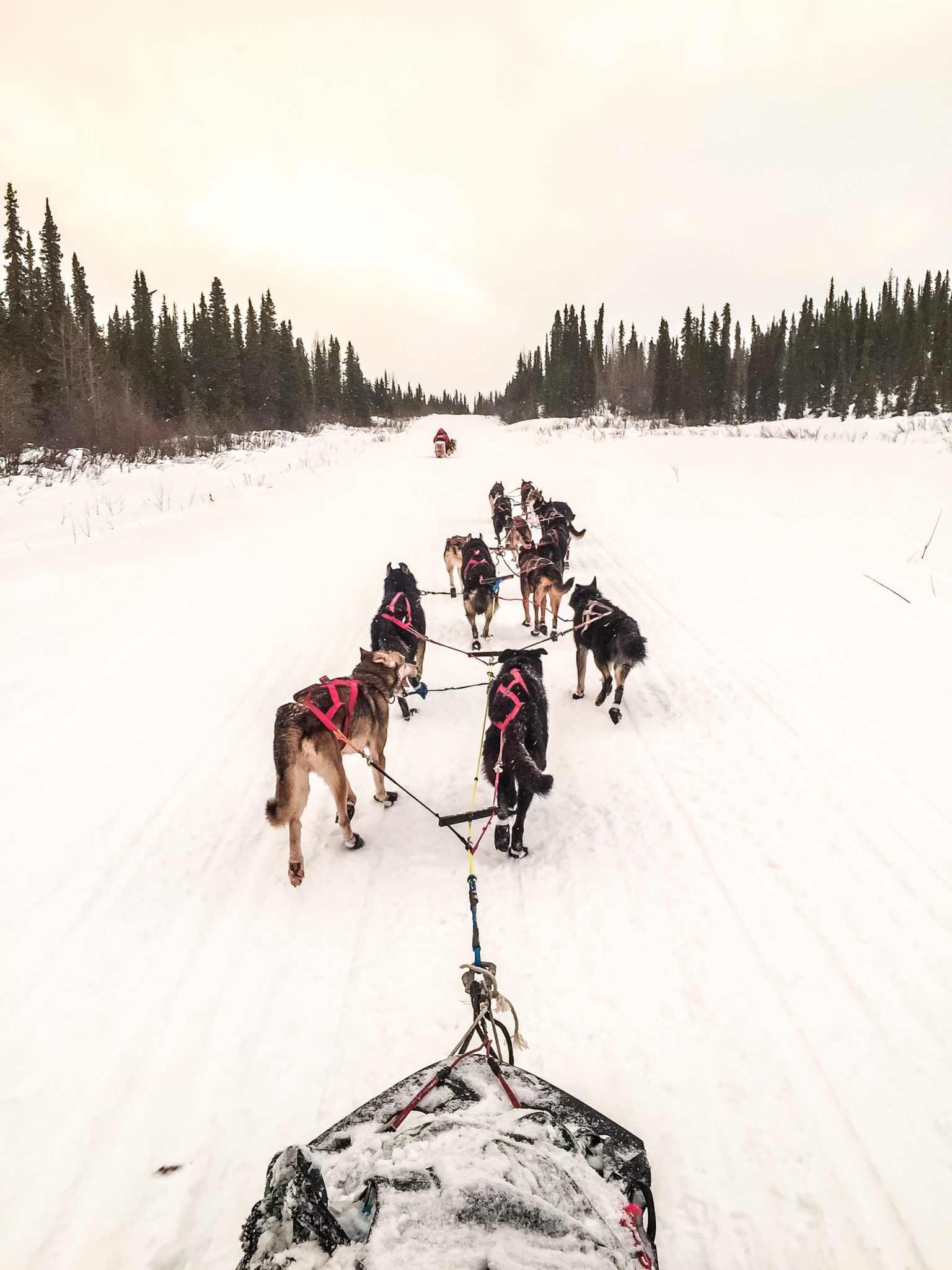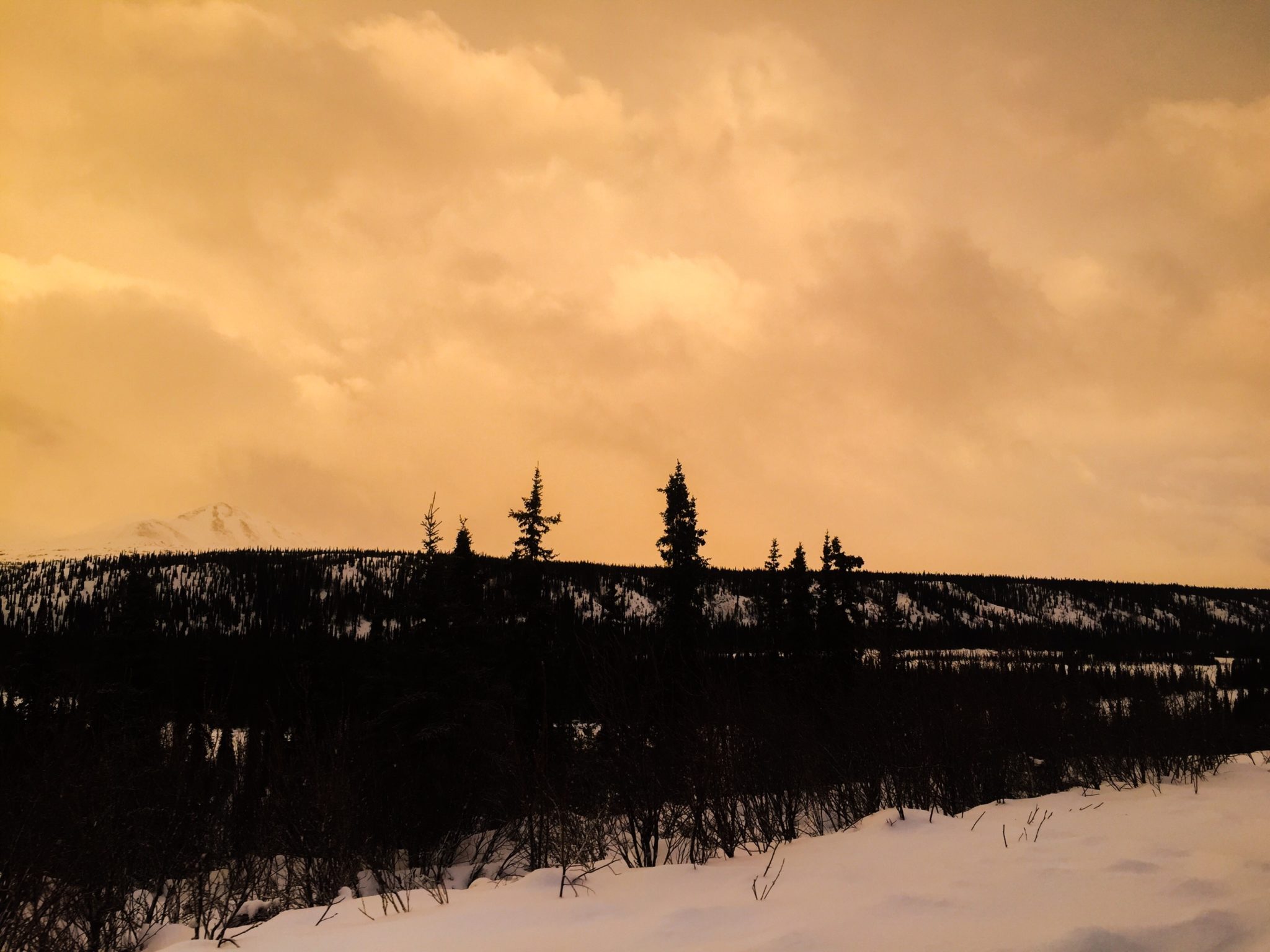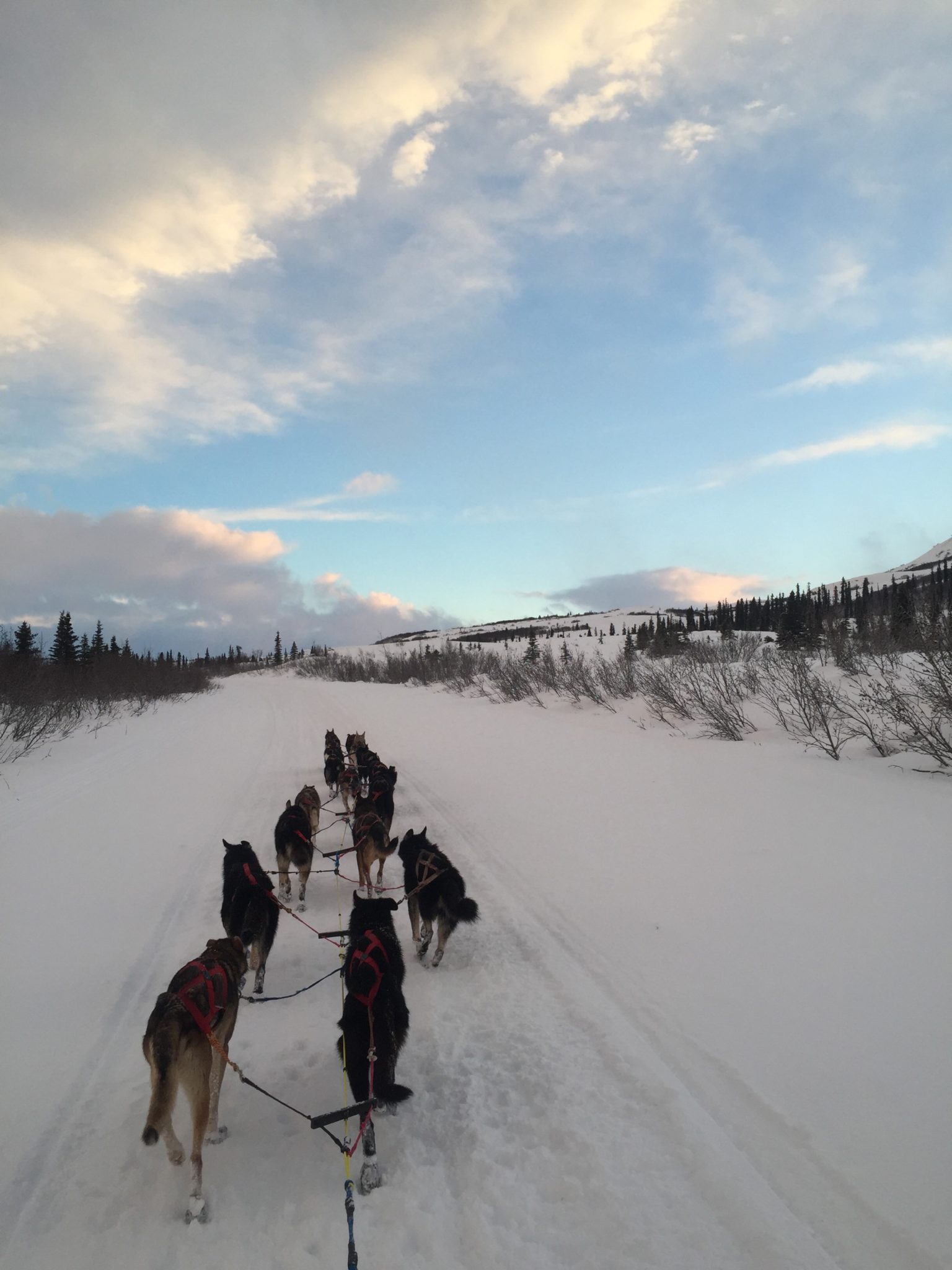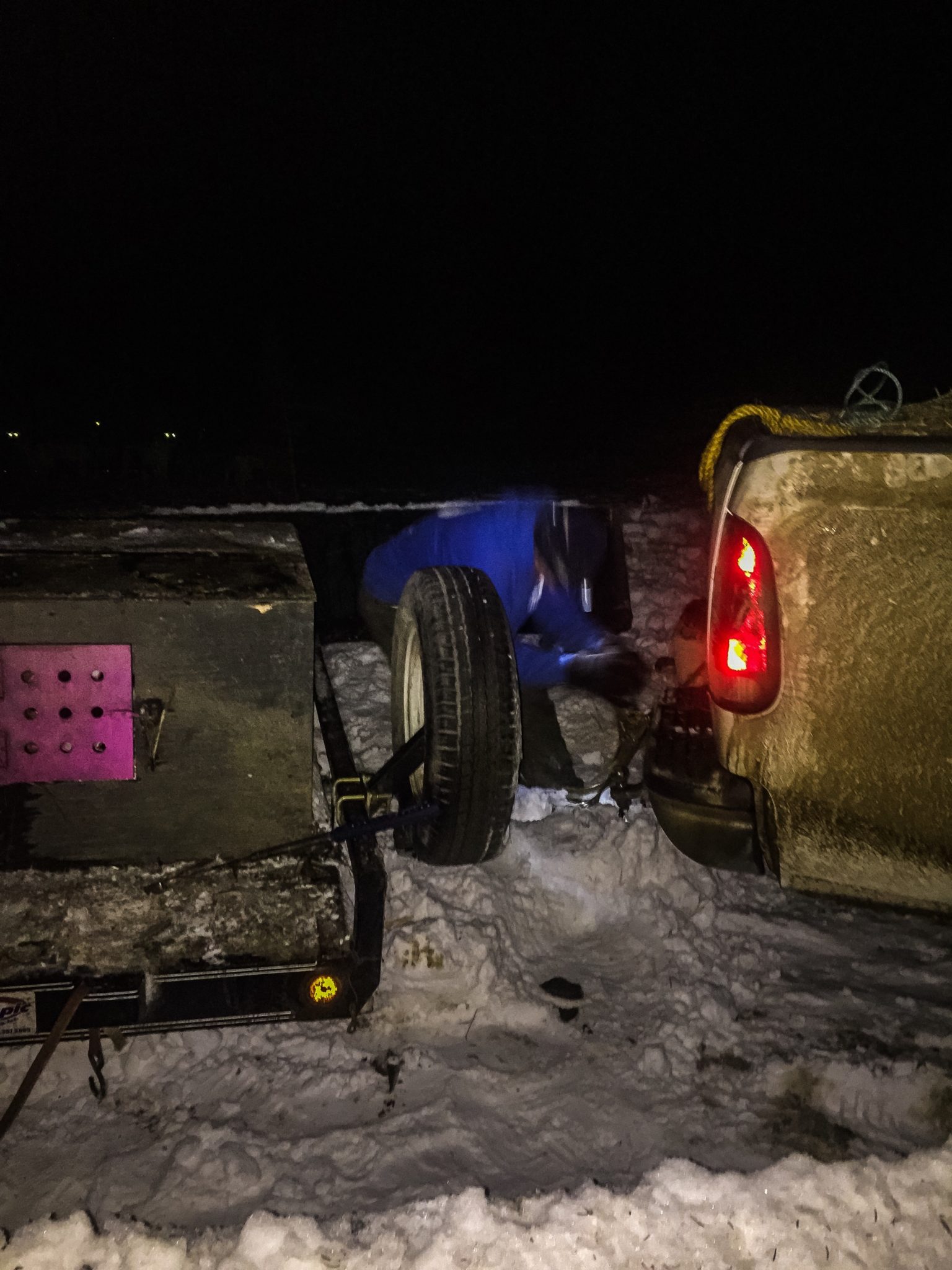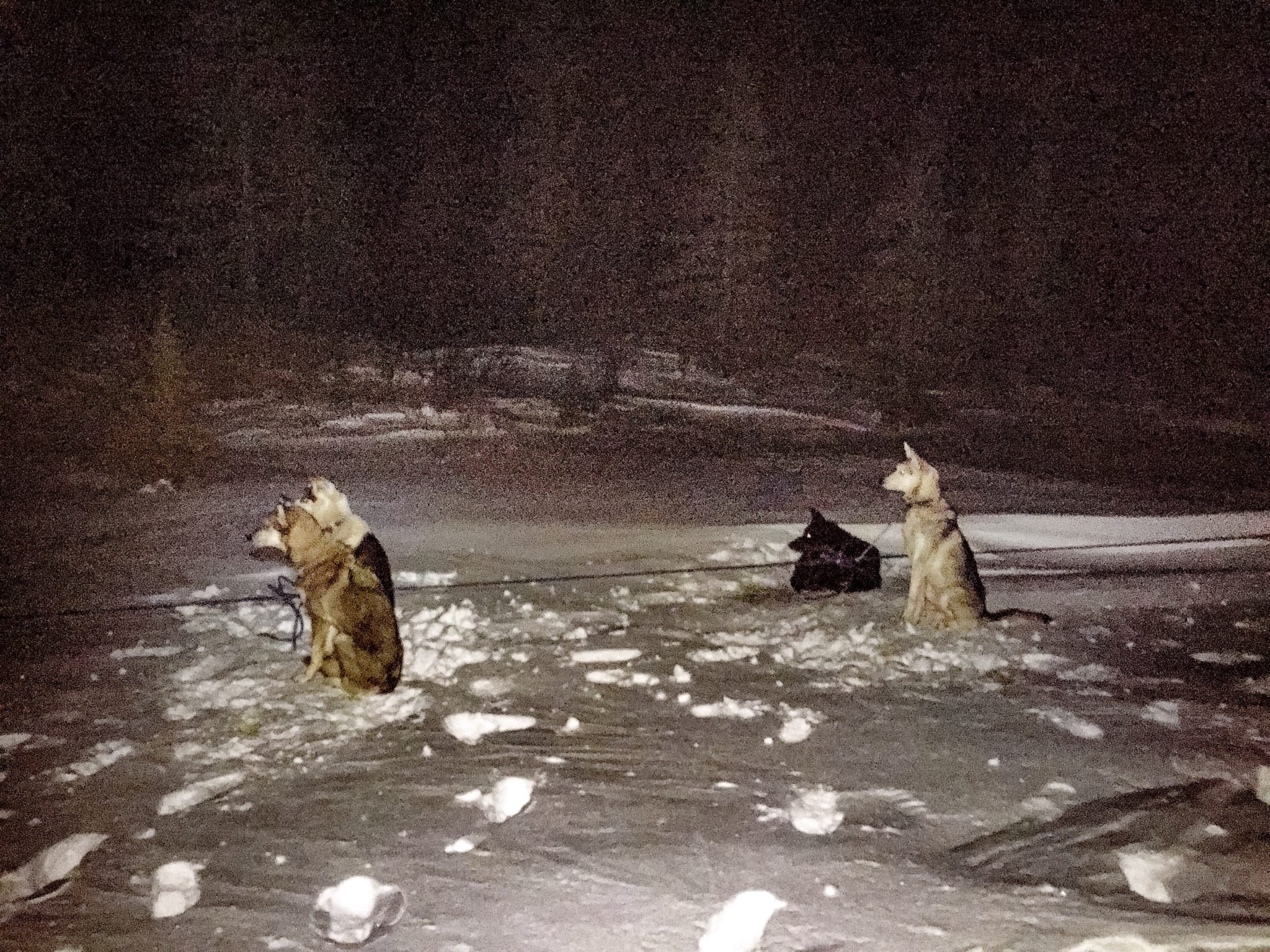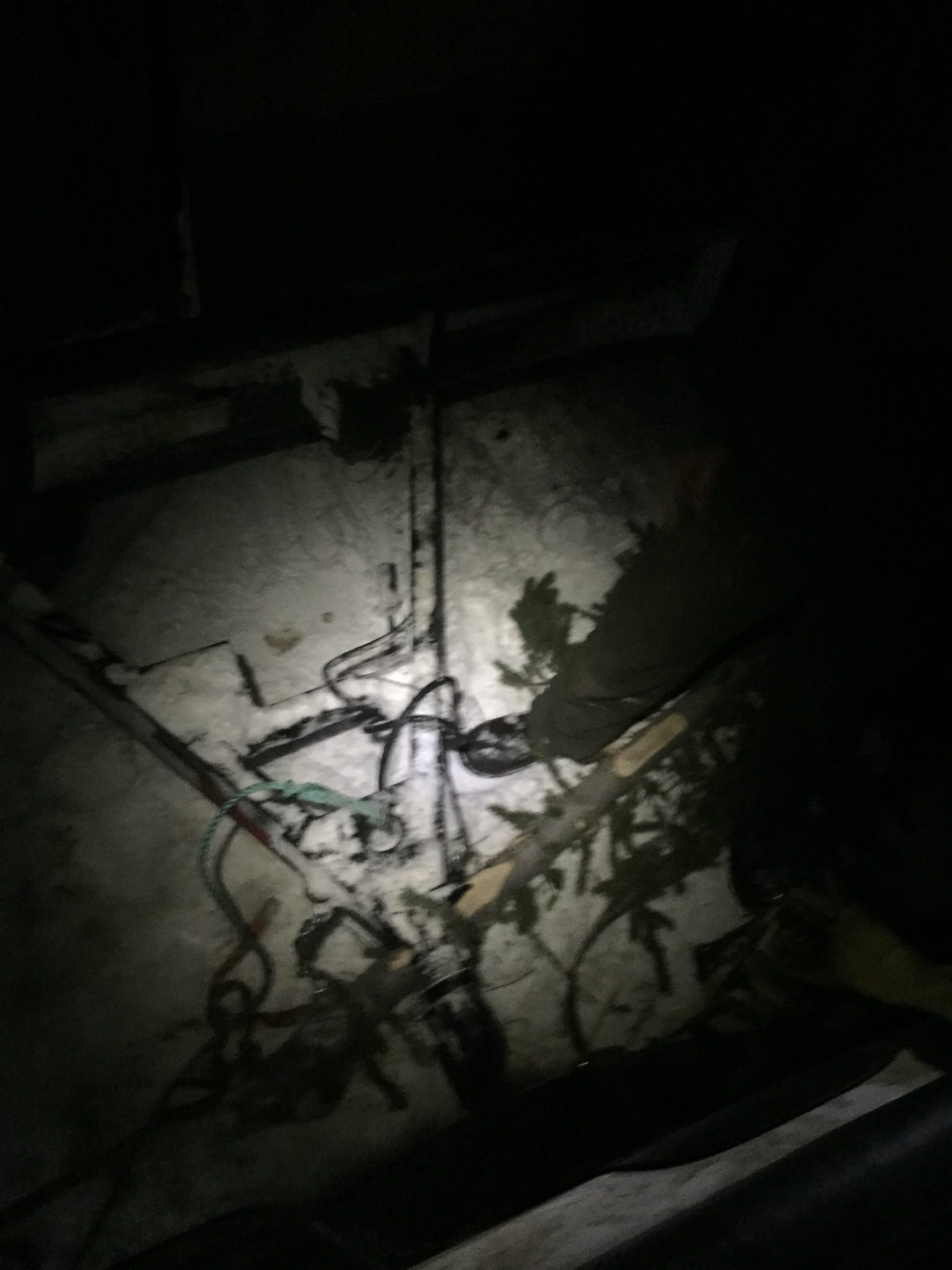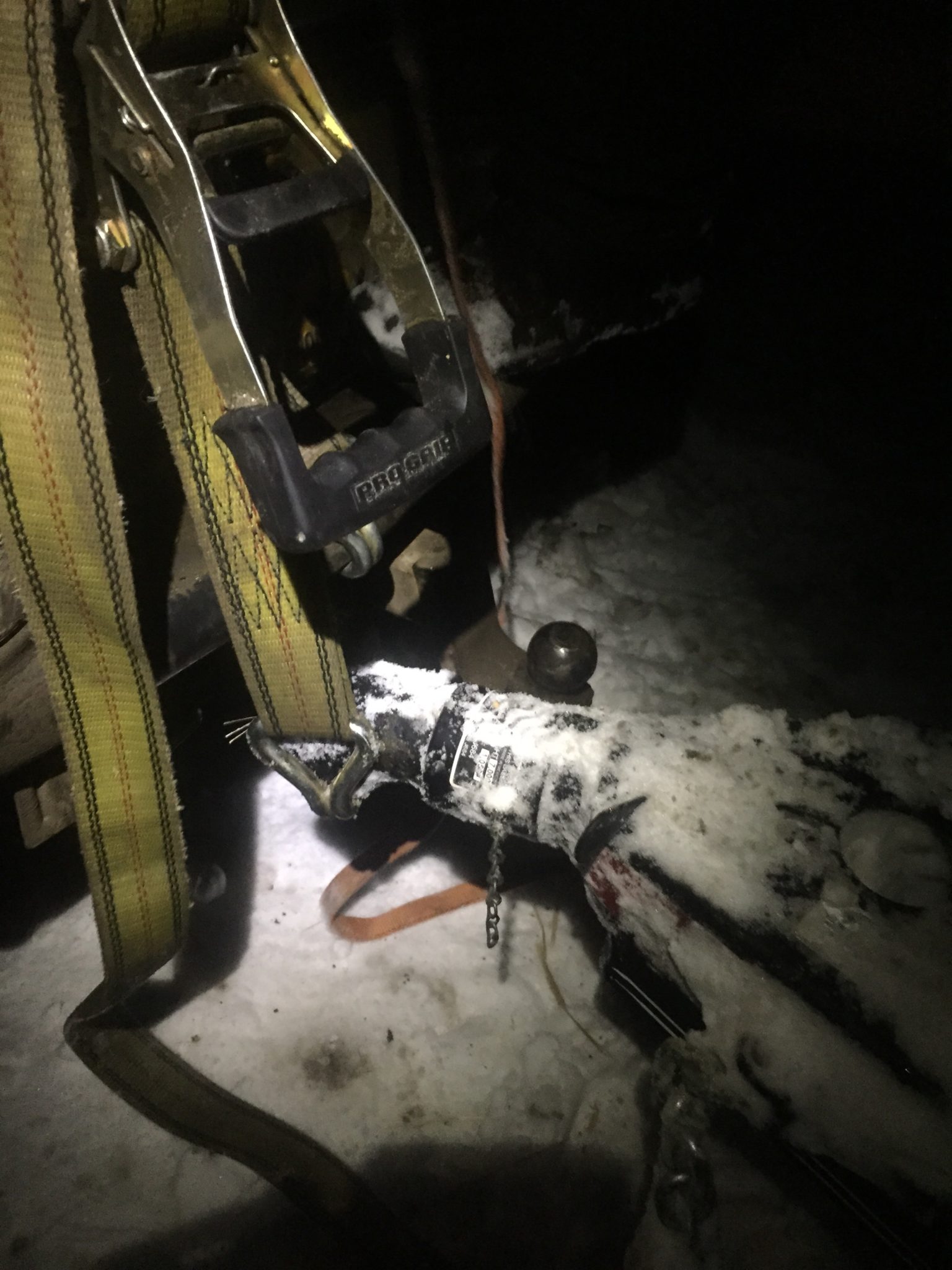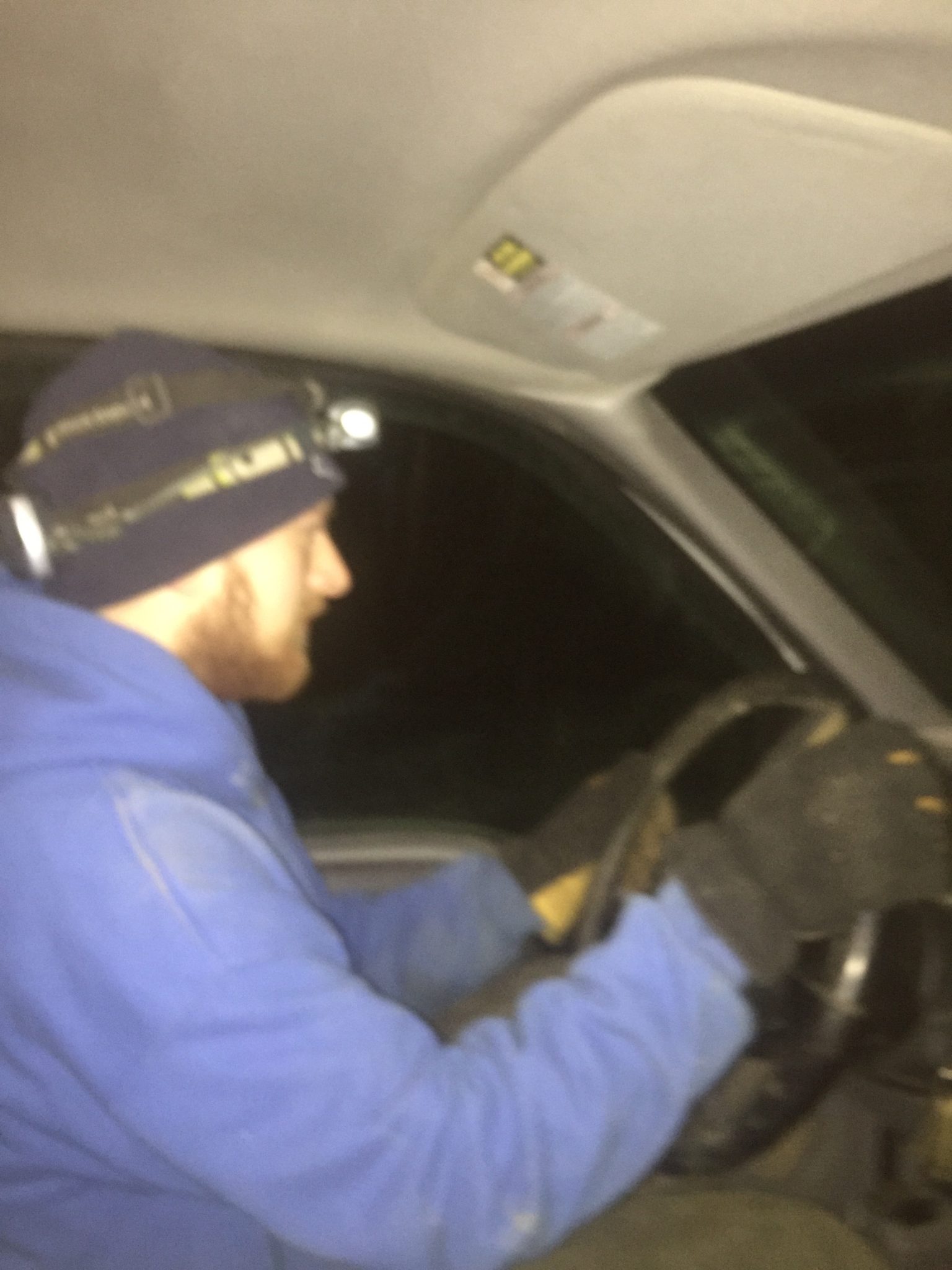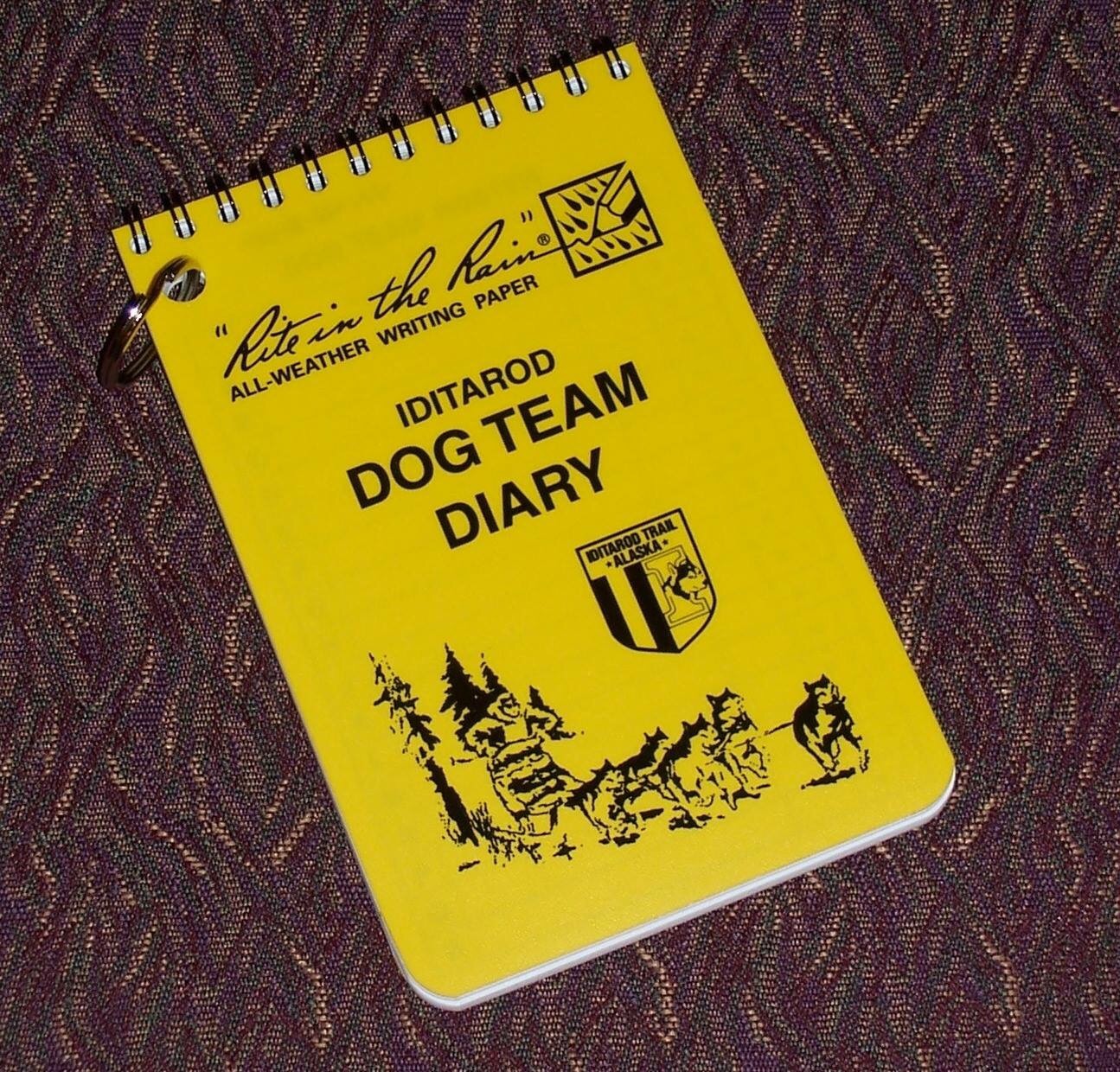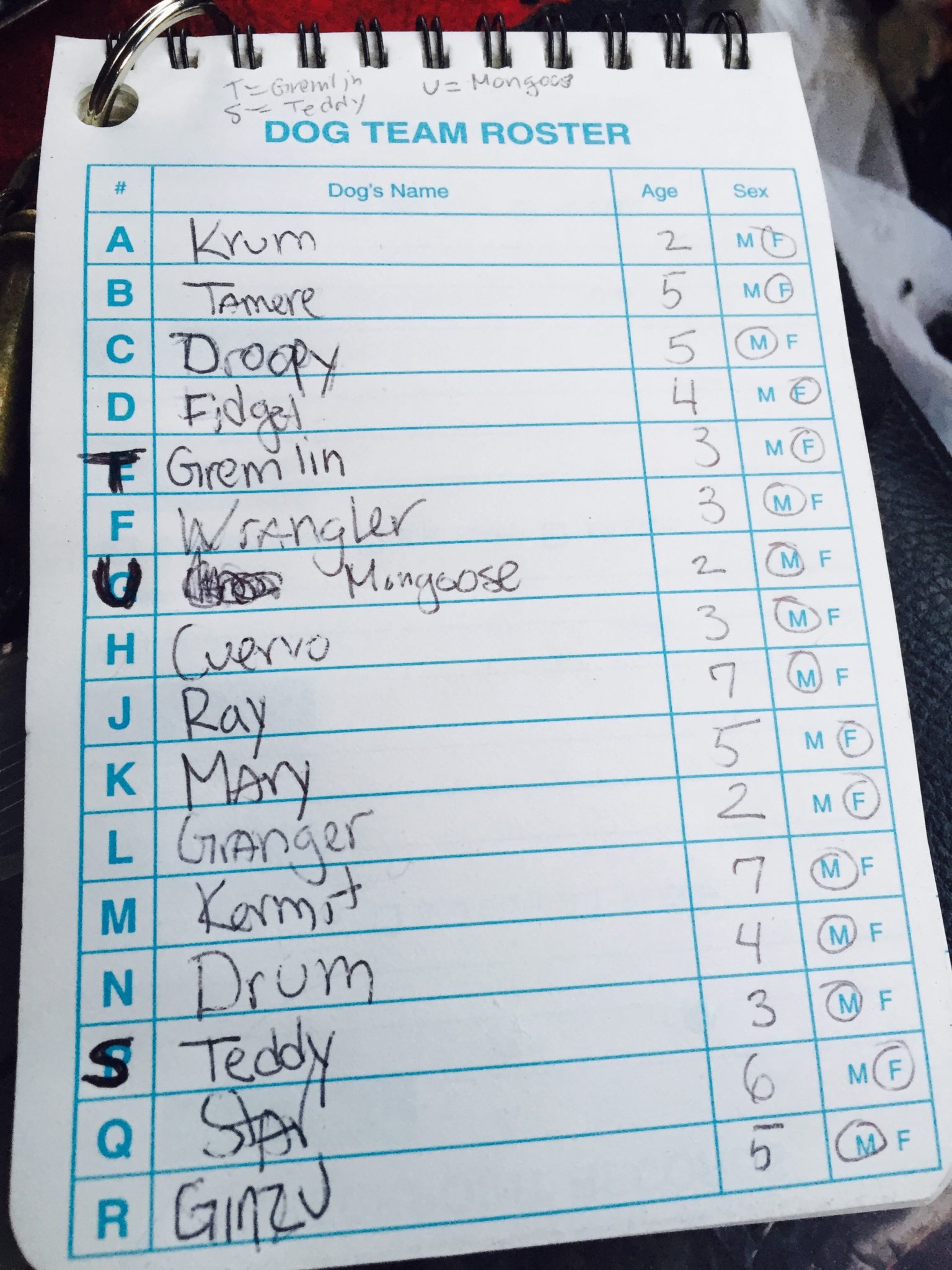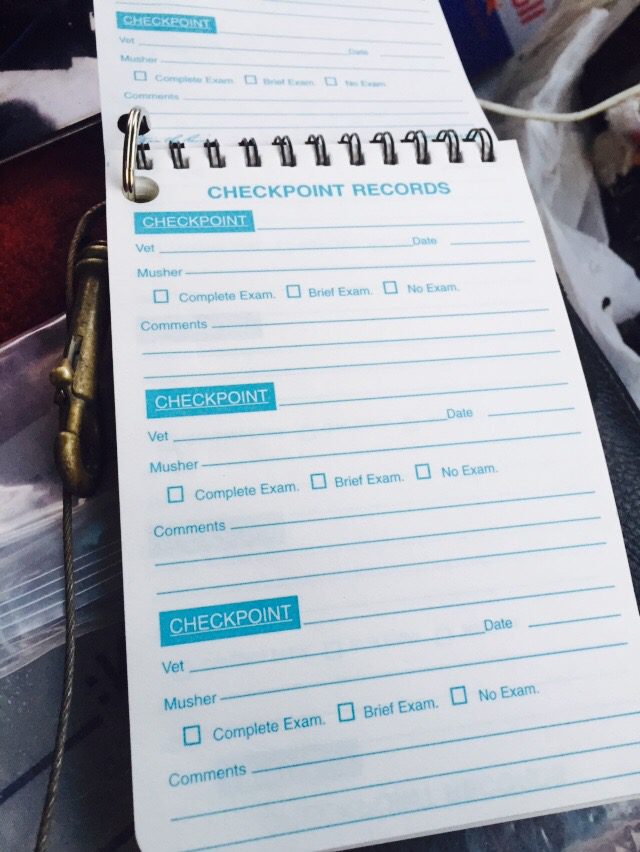Today the forecast calls for rain. Yesterday, it was 45 degrees in Willow. When I got back from my training trip to the Denali Highwah, I tried to sleep but the cabin was too warm. Even up in Cantwell, I found myself too hot, gloveless, and at times mushing in the rain. It was almost welcome because it was so hot. But it is impossible to love something that barges into a party unwelcomed. The warm weather has its place; that isn’t now.
When I went to sleep my dog Max climbed our cabin ladder. He must have missed me. He quickly grew too hot upstairs but I had no idea how get him down. Finally, with coaxing he made it.
It is a sad reality being a dog musher when it feels, more and more, as if winter is slowly withering away. The peaceful gleaming white of winter is being replaced by the ugly Browns and beiges of spring break-up. Only it isn’t spring. And this is t the first winter we have seen grow sick with warmth.
Here we are at the start of 2016 and the snow outside is melting rapidly. The snowberms alongside the road are shrinking and turning dark brown as mud and dirt from trucks falls off and gets sprayed onto the sides of the roads. Driving by our trails, they were the sickening off white of slush. It has sort of a tan colored look when it is particularly wet.
Where has the cold disappeared too?
There are those who rejoice at the warm temperatures. They are not Alaskans. They do not thrive in winter. So much of Alaskan culture is tied to the cold. Dog sledding, snowmachining, skiing, skating, sledding – all significantly harder or impossible to do when the snow turns to rain.
Sometimes, I wonder if we are part of a dying breed and a slowly shifting sport. It is impossible to deny the climate is changing. It’s not up for debate and hasn’t been for nearly two decades. The endless war on science bewilders me, saddens me.
A hundred years ago dog sledding was the heart of th8/ state, connecting communities with mail and supplies during the winter. Now, these same places year after year haven’t had enough snow.
During the summer, we watch as the sun slowly eats away at the toe of Godwin glacier where we run our summer glacier Dogsledding tours. Each year Godwin Glaicer recedes about 30 to 50 feet. This was a river of ice that took thousands of years to weave out of the mountains. Now, we watch it shrink rapidly right before our eyes summer after summer.
Today is warm. I put on a t-shirt. I visit the dogs wearing a skirt and rain boots. I cringe at the thought that warmer days are to come and to keep coming. The dogs nails are sharp against my bare skin and I am reminded that they need trimming. The chores never end. So be it.
How can we breath life into winter?
